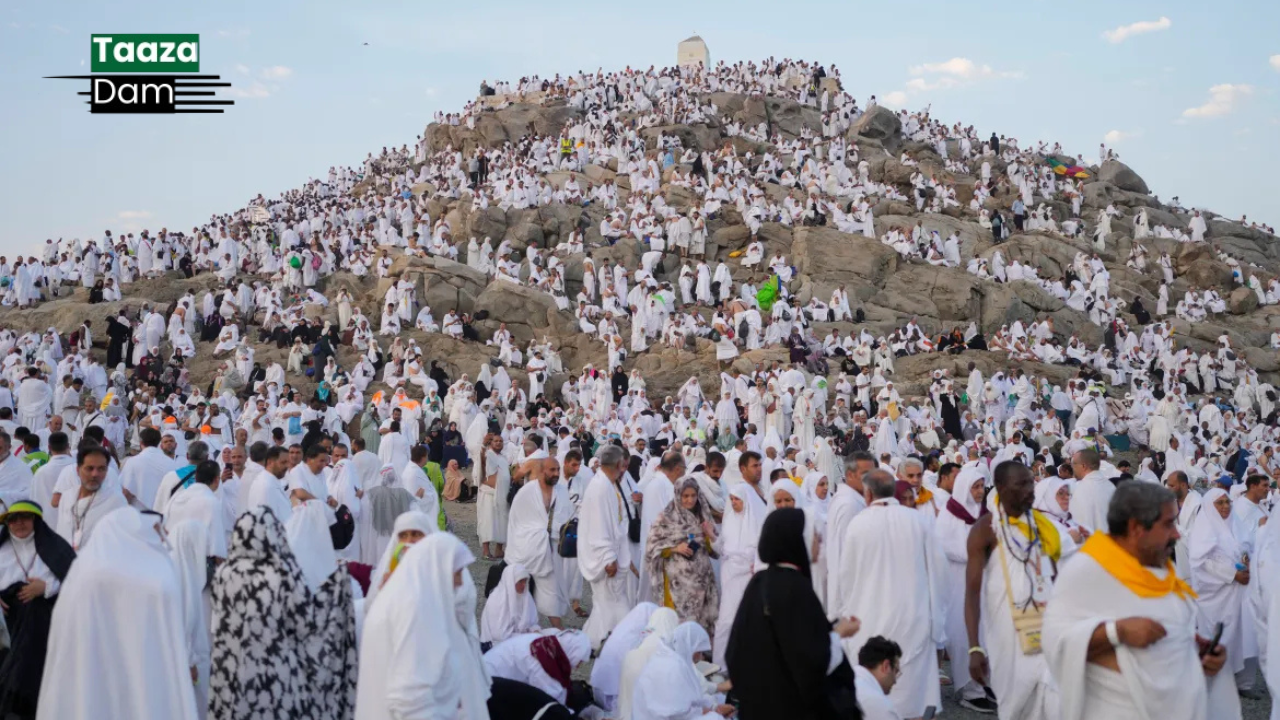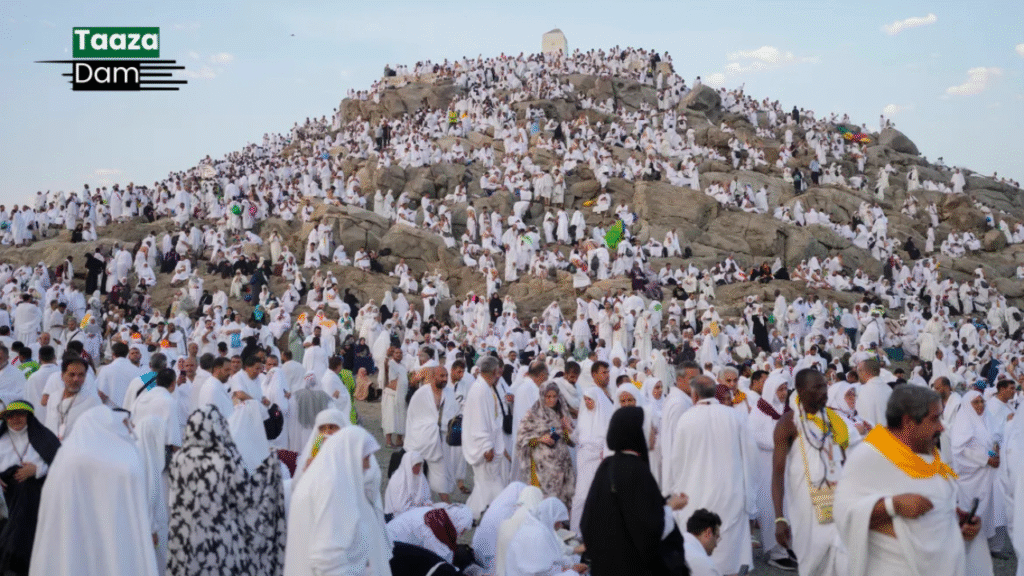Mount Arafat: Heart of the Hajj Pilgrimage

Mount Arafat: Heart of the Hajj Pilgrimage
Each year, millions of Muslims from around the world embark on the sacred journey of Hajj, and one of its most spiritually powerful moments occurs at Mount Arafat. Also known as Jabal al-Rahmah (Mountain of Mercy), this site holds deep religious significance and marks the pinnacle of the pilgrimage.
The Day of Arafah
The Day of Arafah, which falls on the 9th day of Dhul-Hijjah (the 12th month of the Islamic calendar), is considered the most important day of Hajj. Pilgrims gather from dawn to sunset on the vast plain of Arafat to pray, reflect, and seek forgiveness. It is here that Prophet Muhammad (PBUH) delivered his Farewell Sermon over 1,400 years ago.
Significance in Islam

Standing at Arafat is not just symbolic—it is an essential pillar of Hajj. The Prophet (PBUH) emphasized, “Hajj is Arafah,” underlining the spiritual climax of the pilgrimage. Muslims who are not performing Hajj often fast on this day, as it is believed to expiate sins of the previous and coming year.
A Moment of Reflection and Unity
Mount Arafat represents a powerful symbol of humility, equality, and spiritual renewal. Pilgrims, dressed in simple white garments, stand side by side regardless of race, nationality, or status—reflecting the unity of the global Muslim community.
Conclusion
As the sun sets over Mount Arafat, pilgrims leave with hearts renewed and prayers lifted, marking a profound moment of connection with God. The gathering at Arafat is not just a ritual—it is a deeply personal and transformative experience at the heart of Hajj.






